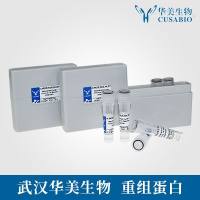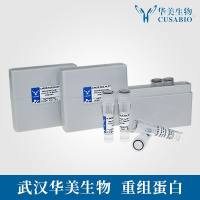Mitogen-Activated Protein Kinases-Mediated Signaling in Cardiac Pathology: A Perspective of Novel Therapeutic Targets
It has been recognized that eucaryotic cells respond to different external stimuli by activation of mechanisms of cell signaling. One of the major systems participating in the transduction of signal from the cell membrane to nuclear and other intracellular targets is the highly conserved mitogen-activated protein kinase (MAPK) superfamily. The members of MAPK family are involved in the regulation of a large variety of cellular processes, such as cell growth, differentiation, development, cell cycle, death, and survival. Several MAPK subfamilies, each with apparently unique signaling pathway, have been identified in the mammalian myocardium. These cascades differ in their upstream activation sequence and in downstream substrate specificity. Each pathway follows the same conserved three-kinase module consisting of MAPK, MAPK kinase (MKK or MEK), and MAPK kinase kinase. The major groups of MAPKs found in cardiac tissue include the extracellular signal-regulated kinases (ERKs), the stress-activated/c-Jun NH2-terminal kinases (SAPK/JNKs), p38-MAPK, and ERK5/big MAPK 1 (BMK1). The ERKs are strongly activated by mitogenic and growth factors and by physical stress, SAPK/JNKs and p38-MAPK can be activated by various cell stresses, such as hyperosmotic shock, metabolic stress, or protein synthesis inhibitors, ultraviolet radiation, heat shock, cytokines, and ischemia. Recently it has been proposed that activation of MAPK family and their downstream effectors plays a key role in the pathogenesis of various deleterious processes in the heart, for example, myocardial hypertrophy and its transition to heart failure, in ischemic and reperfusion injury, as well in the cardioprotection induced by ischemic preconditioning or pharmacologically.
![预览]()






